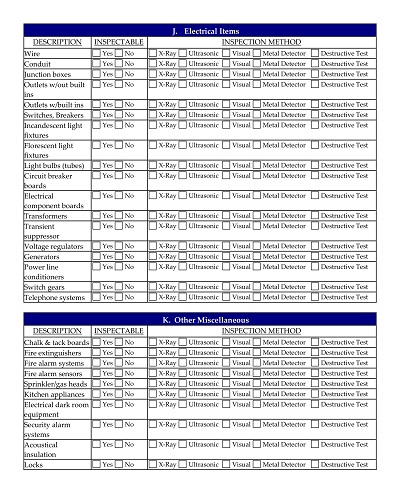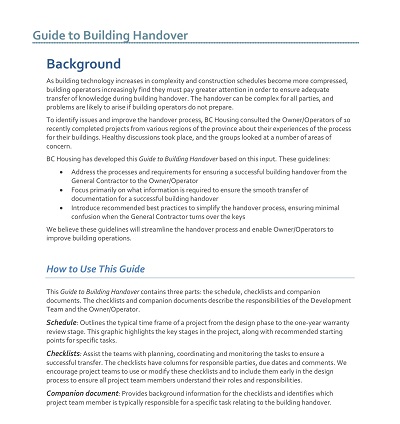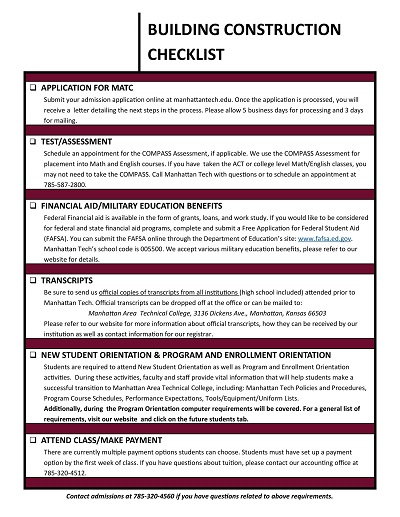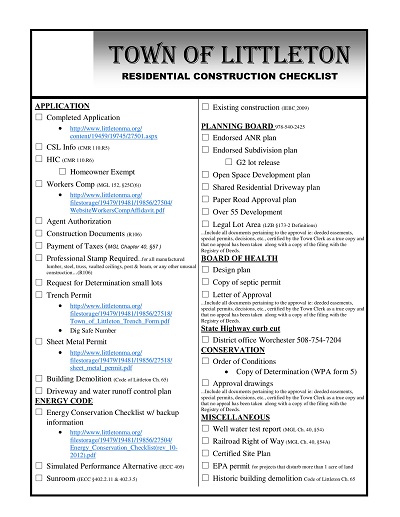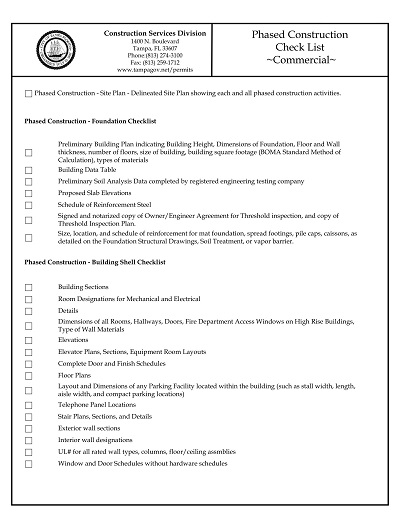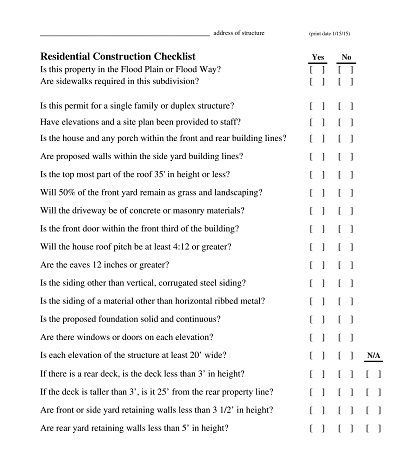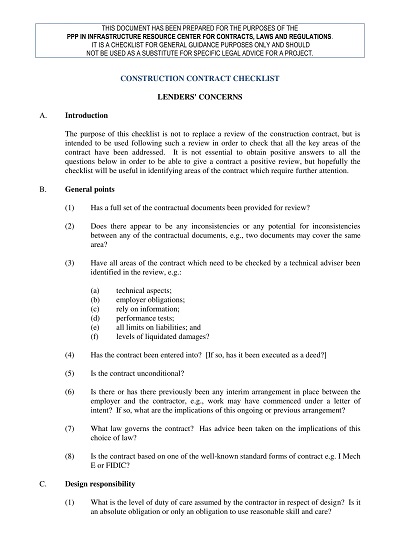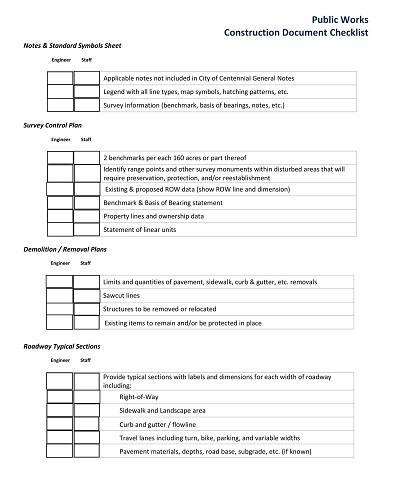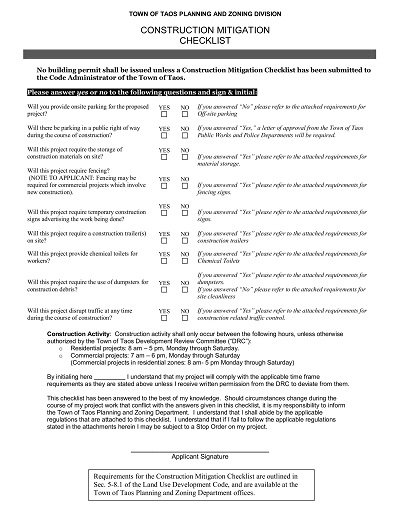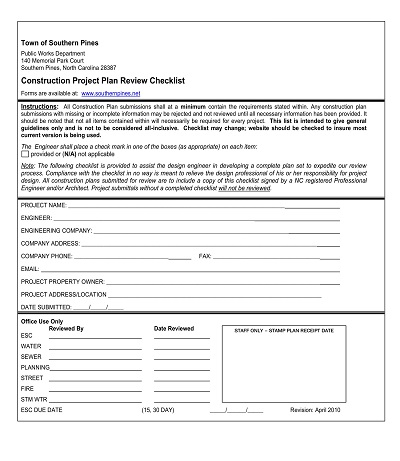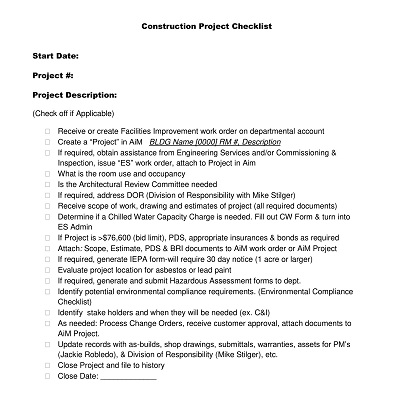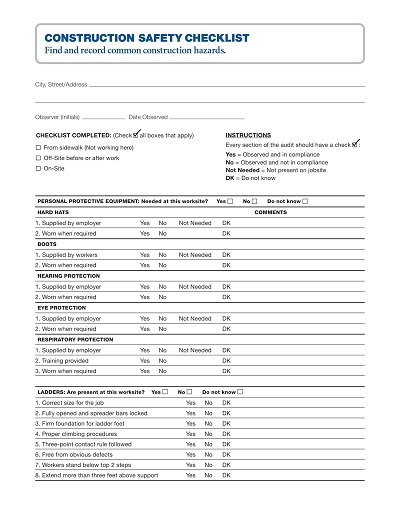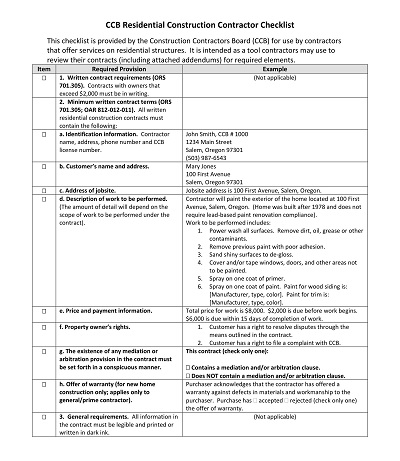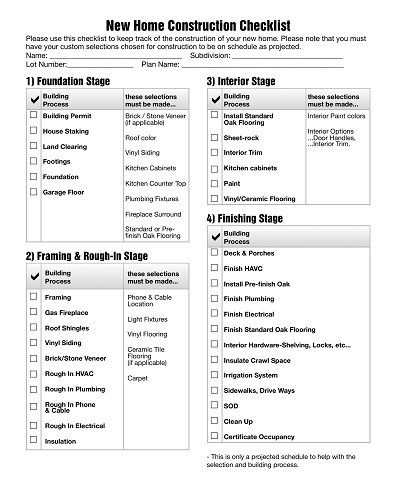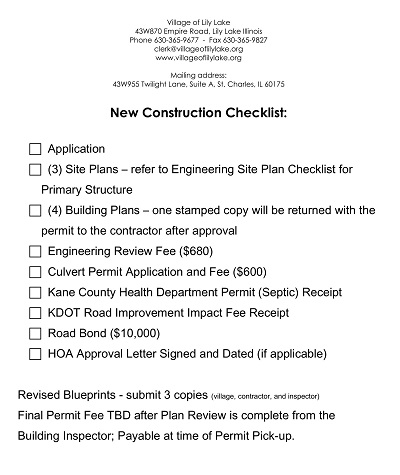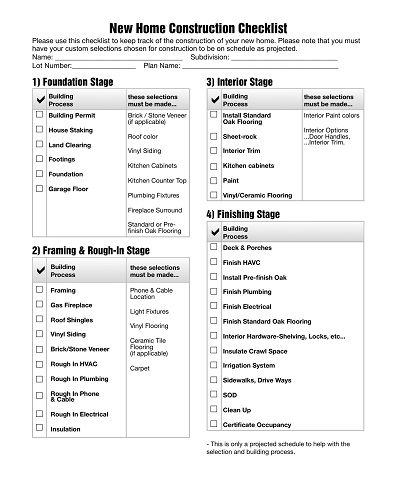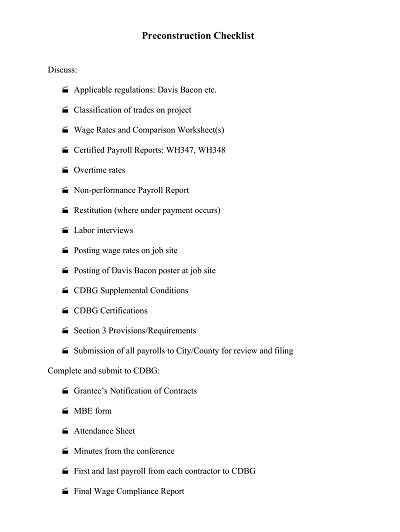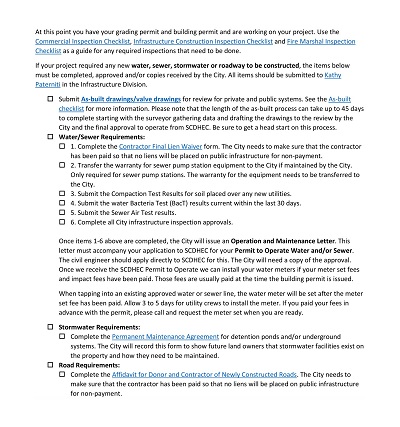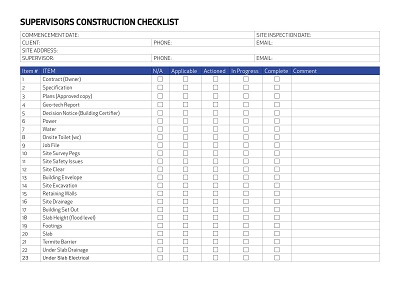40+ Free Printable Construction Checklist Templates – Word, PDF
In the construction industry, a construction checklist template ensures that every aspect of a project is addressed systematically. Whether it’s equipment inventory or safety protocols, this template helps project managers, contractors, and other professionals keep track of important tasks.
Download Free Printable Construction Checklist Templates
What is a Construction Checklist?
A construction checklist is an inclusive list that outlines all the necessary steps and items to be checked or completed during a construction project. It is a vital document that helps prevent oversights, enhance efficiency, and ensure the correct execution of a project.
It records processes, tasks, and items or all necessary information during construction. This checklist helps improve workplace safety for everyone involved in the construction site.
Top 10 Benefits of Using a Construction Checklist
A checklist will help you track the performance of the construction team and ensure that the process is easy to follow as per the plans.
- Enhanced Organization: Construction checklists provide a clear and concise framework for all the tasks that must be completed. This makes it simple for teams to track progress and know what to do next, and a well-structured checklist reduces the chances of neglecting any task.
- Improved Efficiency: Checklists help simplify the construction process and improve overall efficiency. They act as a guide for the workforce and include details on what needs to be done step by step, thus cutting downtime and improving productivity.
- Risk Mitigation: The Checklist acts as a safety protocol and ensures all safety measures are followed! It helps in reducing the probability of accidents and injuries on the site.
- Quality Control: A construction checklist can be an effective quality control tool. It ensures that all tasks are performed to the desired standard, resulting in a final output that meets the expected quality and adheres to the set benchmarks.
- Clear Communication: Construction checklists enhance communication among the team. They lay out expectations and ensure everyone is on the same page, irrespective of what needs to be done, how, and when.
- Time-Saver: A construction checklist helps teams recall tasks less often. It also serves as a reference and helps them remember what has been done and still needs to be done, thus saving valuable time.
- Stress Reduction: Accurately knowing what needs to be done can reduce the team’s stress levels. A well-structured checklist provides a sense of control and direction, reducing anxiety and confusion.
- Cost-Effective: Checklists can help identify potential issues early on. This enables the team to rectify problems before they worsen, making the construction process cost-effective.
- Compliance Assurance: Checklists ensure all legal and regulatory requirements are met. This helps avoid potential legal complications and makes the process smoother and hassle-free.
- Client Satisfaction: A well-managed project results in higher client satisfaction. A construction checklist helps ensure that all client requirements are met, leading to a successful project and a happy client.
Types of Construction Checklist
Here are some types of construction checklists:
Pre-Construction Checklists
A pre-construction checklist is essential to ensure a smooth start of any construction project.
- Site Preparation: This list ensures the construction site is ready before work begins. It includes soil testing, clearing vegetation, setting construction boundaries, and site safety measures.
- Permits and Approvals: This checklist ensures that all required permissions and legal agreements are met. It involves acquiring building permits, land use approvals, and environmental clearances.
- Material and Equipment Procurement: Confirm that all equipment and construction materials are appropriately bought, delivered, and stored. Check the quality and ensure adequate storage facilities to avoid damage or loss. Is the quality of the material good or not? Gather all the equipment necessary for construction.
During Construction Checklists
During construction, checklists ensure the smooth execution of construction projects. These checklists serve several essential functions:
- Daily Tasks: A daily task checklist outlines all the activities that must be undertaken on a specific day. This could involve equipment checks, task allocation to different teams, assessment of progress against the plan, and setting goals for the next day.
- Safety Inspections: A safety inspection ensures that all safety protocols are adhered to, potential hazards are identified, and all safety equipment is functional. It can also include checks for a safe framework and proper use of personal protective equipment.
- Quality Control: Quality control checklists are vital to maintaining construction standards. These checklists ensure that the quality of materials and workmanship is adequate. This could entail checks on cement quality, proper fixture installation, and even the correct alignment of structural elements.
Post-Construction Checklists
Ensure that all project specifications are met before the client handover.
- Cleaning and Debris Removal: The main thing is keeping the working site clean from any debris. Check out all construction debris like rubble, dust, and excess materials removed from the site.
- Final Inspections: Conduct a final inspection to determine whether the construction occurred as planned. Review project specifications and building codes. Inspect the electrical, plumbing, architectural, and mechanical systems to ensure they work correctly.
- Punch List Completion: Add if the project isn’t completed or requires minor changes. You can also include whether the work is outstanding, average, or typical. The final punch list highlights the project’s completion and provides a list of tasks that must be addressed to complete it.
Main Components of a Comprehensive Construction Checklist Template
A thorough construction checklist includes signing a contract, design finalization, proper framing, and final inspection of the constructor. You can highlight the person responsible for performing that task on the form. It also includes remarks from the contractor on assigned tasks for each worker. Key elements of a construction checklist are:
- Contract Signing: Ensure all project specifics are agreed upon and legally documented.
- Processing and Submission: Submit all necessary permits and paperwork to relevant authorities.
- Design Finalization: Finalize the blueprint and overall design of the project with architects and designers.
- Foundation Building: Begin construction by establishing a strong and stable foundation.
- Foundation Backfill: Complete backfilling around the foundation for added security.
- Framing: Begin the process of framing the structure of the construction of a project.
- Installation of Roof and Windows: Install the roof and window structures, ensuring all fit securely.
- Side and Front Wall Installations: Per the design plans, complete the side and front wall construction.
- Plumbing, Electric, and HVAC: Install all necessary plumbing, electrical, and HVAC systems.
- Progress Inspection: Inspect to assess the progress and quality of the construction project.
- Final Inspection: Conduct a final analysis to ensure all aspects of the task meet the required standards.
- Interior Layout and Cleaning: Finalize and thoroughly clean the interior layout before handover.
- Acceptance: Obtain final acceptance from the client, ensuring they are satisfied with the completed project.
How Can I Make a Construction Checklist Template
Creating a construction checklist design can significantly impact your project’s efficiency. Here’s how you can create one:
- Identify Key Areas: Site safety, equipment maintenance, and materials management. This step helps lay the foundation for your template.
- Detailed Breakdown: Create a detailed breakdown of tasks for each key area. For instance, it includes securing the site, safety gear checks, and emergency protocol review under site safety.
- Include Time Frames: Assign realistic time frames for each task. This will keep the project on track and ensure every detail is noticed due to time constraints.
- Add Responsible Parties: Each task should have a responsible party or department assigned. This nurtures accountability and ensures that tasks are not neglected.
- Create a Follow-Up Procedure: This helps track each task’s completion and the checklist’s effectiveness.
How to Customize an Observation Checklist Template?
Customizing an Observation Checklist Template is easier than you might think. Here’s a step-by-step guide to help you get started:
Step 1: Define the Purpose of Your Checklist
Before diving in, knowing what you’re observing and why is crucial. Are you monitoring classroom behavior? Workplace safety? By defining your purpose, you can develop a checklist that hits all the right points for your needs.
Step 2: Identify Essential Elements to Observe
Next, you’ll need to pinpoint key elements to your observation process. This could include specific behaviors, interactions, or use of materials. Keep your list concise and focused.
Step 3: Design the Layout
Now, it’s time to design your checklist. There’s no one-size-fits-all format—choose a design that suits your needs. Be sure your checklist is organized and easy to follow, with clear categories or sections.
Step 4: Use a Grading System
Adding a grading system can provide additional insight into your observations. This could be as simple as a “yes/no” checkbox or a more detailed scale rating system.
Step 5: Test and Refine
Finally, take your checklist for a spin. Use it in a real observation scenario and see how it performs. Feel free to refine and adjust to ensure it’s as efficient and effective as possible.

